QR Codes In Music Industry: How To Promote Your Music Effectively
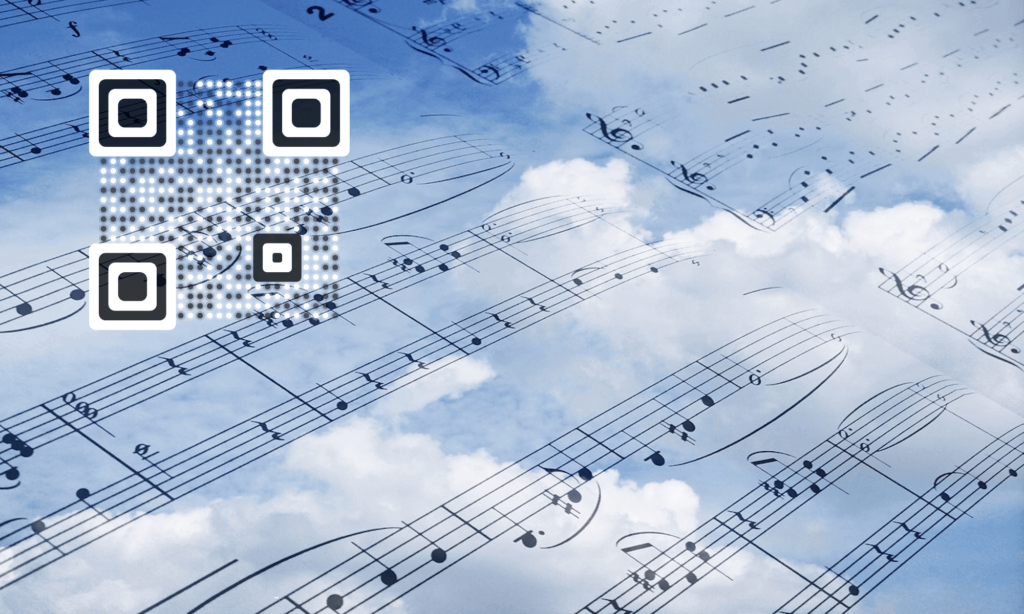
You are a music artist. And to promote your music, you use print media creatives such as flyers, brochures, or posters.
But even after rigorous promotions, you are unable to get much traffic on your music album.
One of the reasons is that not many people actually type your music link that you mention on promotional material. This is because it takes time and effort to type, browse, and then listen to your music.
Plus, you get no record of how many people actually listened to your music.
Furthermore, say you are also the event organizer. You obviously do not want unauthorized entries at your concerts. For this, you want to create a ticket, which is very hard-to-duplicate.
Also, at times where social distancing is promoted, touching a foreign object such as a concert ticket is a big no. So how to ensure a contactless experience?
The good news is that here is a solution to all your problems. Heard about QR Code technology? They are 2D barcodes, which digitize print media. And makes it actionable, interactive, and trackable.
Besides, in these trying times, QR Codes have become increasingly popular as they promise a contactless exposure.
The best part is that musicians all over the world are already using QR Codes. Ready to use the technology?
Scroll down to know how.
A. What is a music QR Code
A music QR Code is a simple, quick way to share songs or playlists. Users need to scan the code with their phone, and it takes them straight to the music.
It’s an easy way to let people enjoy their favorite tunes instantly.
B. How to create music QR Codes
To create a QR Code, you would need a professional QR Code generator tool such as Scanova. Here, you can Sign Up for a 14-day free trial. And then select the category of QR Code, according to the content you want to link.
In order to create QR Codes flawlessly, you should keep the following points in mind:
1. Design your QR Code. A Custom-designed QR Code attracts 50-200% more scans than A black-and-white QR Code.
2. Always write a short help note to guide your fans. A simple line such as ‘Scan to register’ will help. This will act as a CTA element and direct end users of what needs to be done.
3. Export QR Code images in vector formats. These are high-resolution images, which do not pixelate when scaled. So say you want to print a QR Code on a billboard advertisement. For this, always download QR Code in Vector image for clarity and proper scannability.
C. Benefits of using music QR Codes for artists and fans
1. For the artists
– Instant sharing: By using QRs on posters flyers, or social media, artists can easily share their songs, albums, or playlists
– Wider reach: It gets easier for the fans to discover the artist’s music. All they need to do is pull out their phone to scan the QR Code. And that’s it!
– Cost-effective: It’s an affordable way to promote music. You needn’t invest in any expensive technology to make your ads come alive. A QR Code does its magic like nothing else and engages the audience with something they use all day—a smartphone!
– Direct engagement: QR Codes can lead fans directly to streaming platforms, websites, or exclusive content, boosting artist-fan interaction. For best results, artists should claim their Spotify for Artists page so fans who scan the QR Code are taken to a complete, trusted profile.
2. For the fans
– Quick access: Fans can instantly listen to music by scanning the QR Code, without needing to search or type.
– Easy discovery: QR Codes make it simple for fans to discover new artists or songs with just a quick scan.
– Convenient sharing: Fans can easily share their favorite music with friends by passing along the QR Code.
– On-the-go listening: It’s a fast way to enjoy music anywhere, anytime, just by scanning the code with a smartphone.
What our customers say about us:

D. Use Cases of QR Codes In Music Industry
1. Get more traffic on your music

Generally, you give your music album/song link on the promotional material. But typing the link in the mobile browser and then listening to your music is a tedious task.
Very few people do it which results in low traffic. But with QR Codes, you can easily resolve this issue.
All you need to do is link the QR Code with your music file. And then print the QR Code and place it as a poster on different locations. End users just need to scan the QR Code and they will be redirected to your music link.
Listening to your album now becomes much easier. Hence, this will drive more traffic to your music.
2. Get more downloads on your app
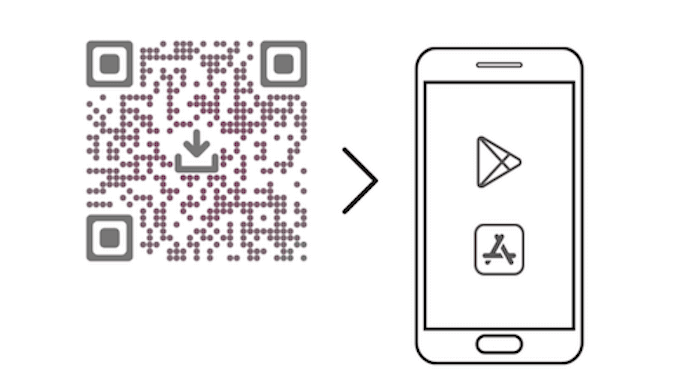
Many music artists also have their own app. To promote your app, you use print media creatives. But again not many people type the app link to download your app.
You can simply link your app with a QR Code. Upon scanning, the end users will directly land on your music app.
This way, the manual part of typing will totally eliminate. Since now downloading your app becomes an effortless process, you will see a hike in the number of downloads.
3. Get more followers on your social media accounts
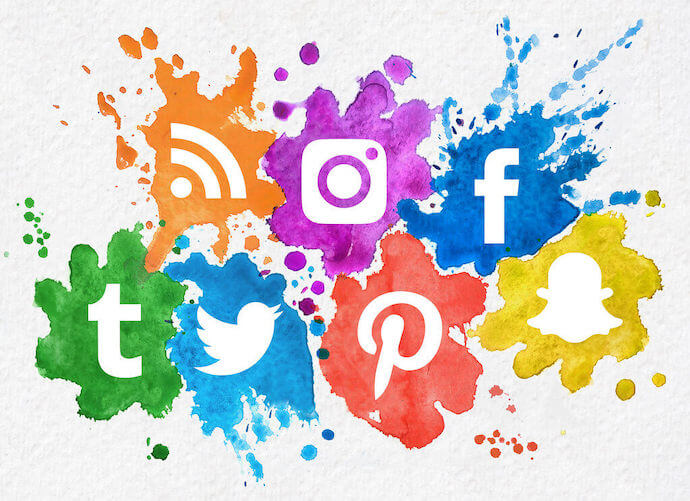
All your fans surely follow you on social media accounts. But how to expand your reach?
In print advertisements, you mention your social media accounts. But it takes a lot of effort to type a username or the whole link. Only a few people do it, hence your following increases slowly.
To make it easy for your fans to follow you, you can create a Social Media QR Code. Here, you can link your social media accounts. Upon scanning, end users will directly be able to follow and like your accounts.
4. Make it easy to register for concerts

You obviously wish for a high footfall in your concerts. One way is to make as many registrations as possible. But again typing the registration link you mentioned on print media creatives will be a tedious task. So if the registration is made easy, automatically your concert attendance will increase.
To achieve this, you can use QR Codes. You can simply encode the registration link in a QR Code. And place this QR Code on the promotional material. Do not forget to write a help note ‘Scan to register’.
Upon scanning, end users will directly land on your registration link. Hence, there is no manual work required and more people will then register.
5. Give your fans a trailer of your music
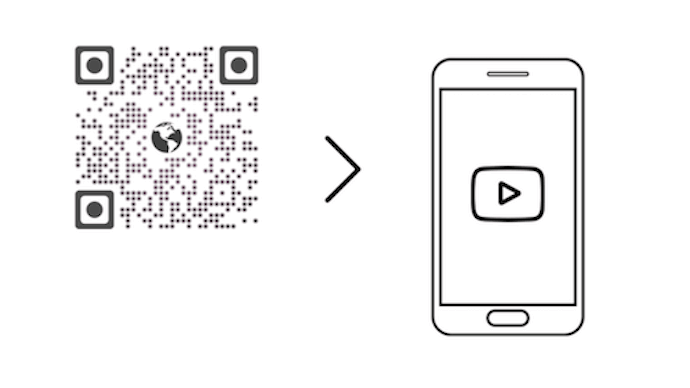
This trailer can be both audio and video. But again you do not have to give links of the teaser. You can directly link it to a QR Code.
You can use the following two types of QR Codes:
- Audio QR Code: You can link a music teaser here. Upon scanning, your fans will be able to listen to your music
- Video QR Code: With this type of QR Code, you can link a video teaser of your music
You can then place a QR Code on print media creatives. This will make your posters engaging and interactive.
6. Create secure concert tickets
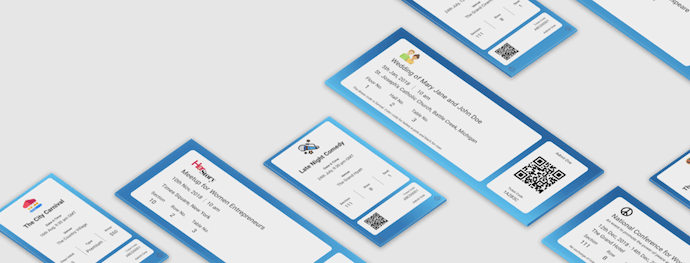
Event security is the foremost priority of any event organizer. And if you are also the event organizer, you would want to create tickets as secure as possible.
However, with so many tools online, it is easy to create a duplicate ticket. This will not only cause a breach in event security but also loss of revenue.
To tackle this issue, you can create QR Code-based tickets. Each ticket has a QR Code, which is encoded with a unique ID. Upon scanning via a dedicated app, you can know whether the ticket is valid, invalid, or duplicate.
You can create such tickets with professional online tools such as Ticket Generator. For your reference, here is a step-by-step guide on how to create QR Code-based tickets.
So these were some of the use cases of QR Codes in the music industry.
Did you also know that Spotify, one of the most popular music apps also has QR Codes. They are popularly known as Spotify Codes. These codes help you share songs and albums easily. For more information, here is a detailed guide on Spotify Codes.
Brands that trust us:

E. Best practices for integrating QR Codes with music
1. Position clearly
Place the QR Code in a prominent, easy-to-find location on posters, album covers, or social media. Ensure it catches the eye so people are encouraged to scan it.
2. Design for simplicity
Opt for a clean and straightforward QR Code design. Avoid intricate patterns or colors that might hinder scanning. A high-contrast, simple code is the most effective.
3. Monitor engagement
Use analytics tools to track how often the QR Code is scanned and gather data on user interaction. This information helps you understand its impact and refine your strategy as needed.
4. Offer multiple links
If possible, link the QR Code to various content types or platforms, such as streaming services or exclusive content. This provides users with multiple ways to engage and broadens your reach.
5. Ensure high quality
Print the QR Code at high resolution to avoid any blurriness. A clear, sharp code is essential for easy scanning on any device.


F. Common mistakes to avoid when using music QR Codes
1. Poor placement
Don’t place the QR Code in areas where it might go unnoticed, such as small or obscure locations. Position it where it’s easily visible and accessible.
2. Lack of instructions
Always include a brief, clear message explaining what the QR Code does, like “Scan to Listen.” Without this, people might not know what to expect.
3. Skipping testing
Never skip the step of testing the QR Code. Check it on various devices to ensure it scans correctly and leads to the right content.
4. Overly complicated design
Keep the QR Code design simple. Avoid using complex patterns or colors that might interfere with scanning.
5. Ignoring analytics
Track how often the QR Code is scanned and gather data on its effectiveness. This helps you understand its performance and make necessary improvements.
6. Neglecting user experience
Consider the overall experience for users. Make sure the QR Code is easy to use and provides a smooth, enjoyable interaction.
So, this is all you need to know about QR Codes in the music industry. Create QR Codes now and promote your music effectively.

